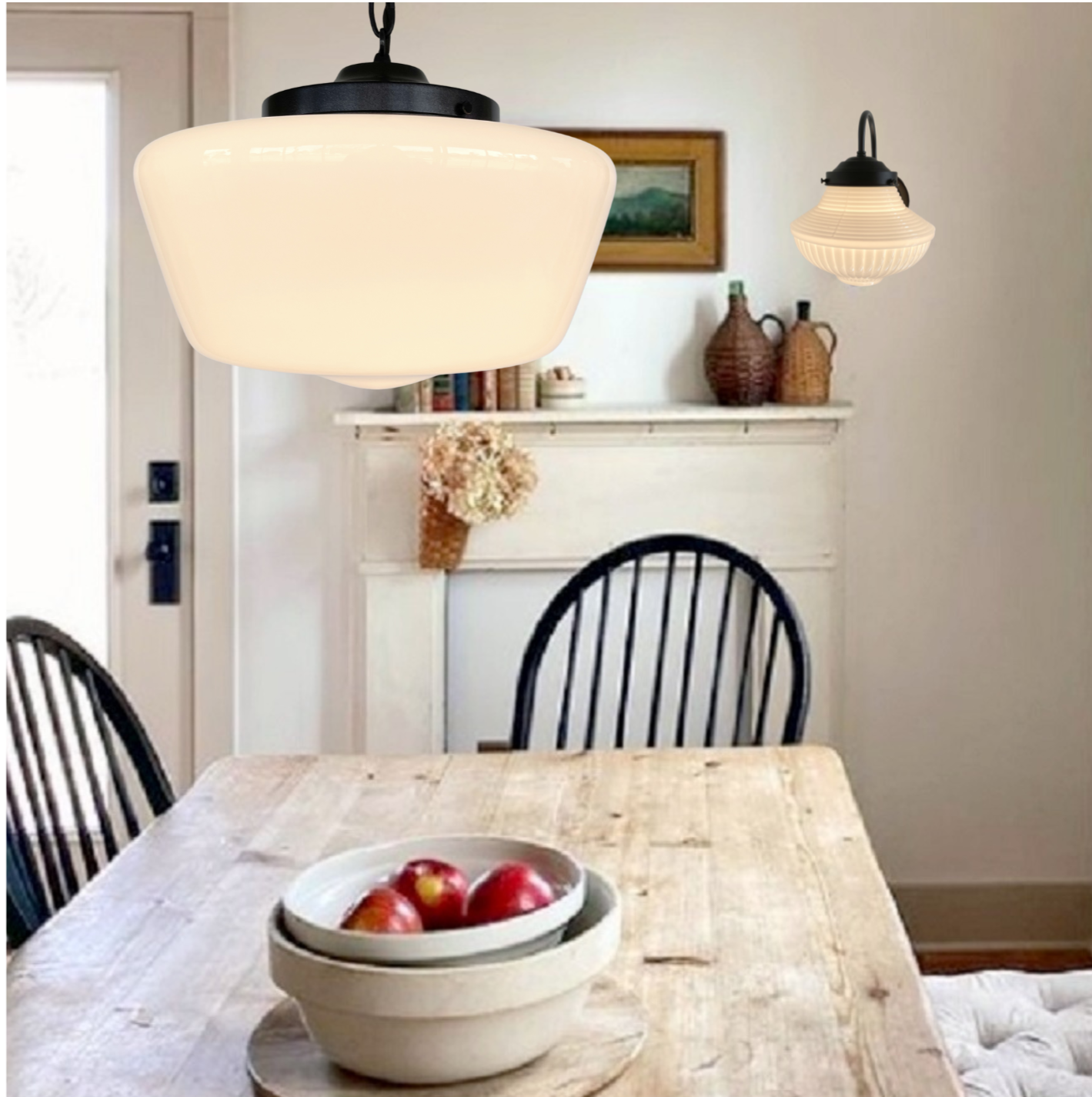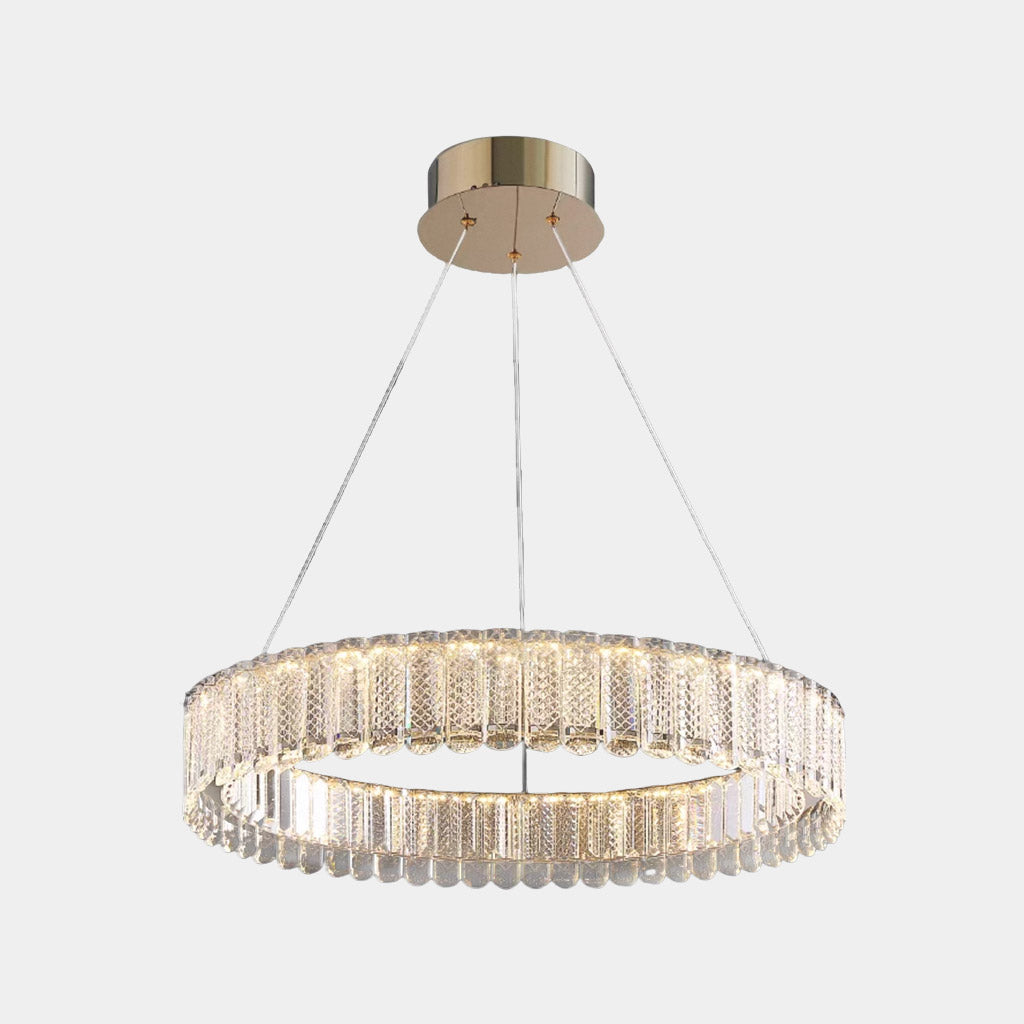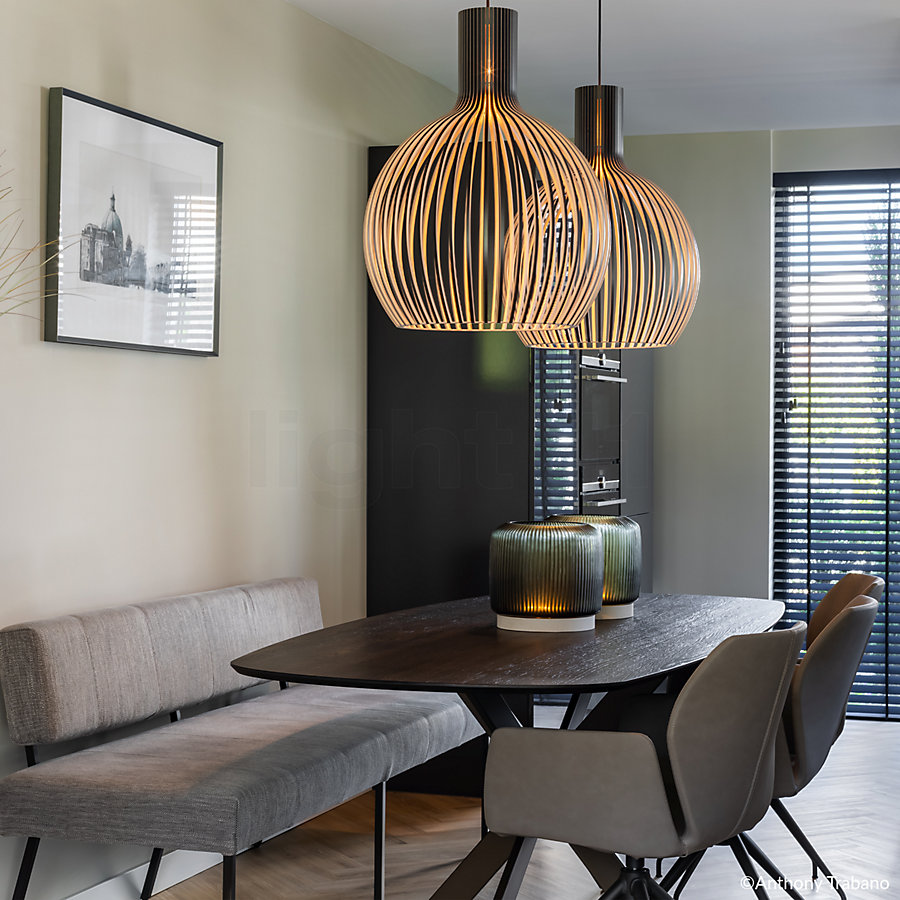A Comprehensive Guide to Installing and Keeping Your Necklace Light
Preserving a necklace and installing light needs mindful planning and implementation. Proper height dimensions can enhance both capability and design. Necessary devices and a clear installation procedure are crucial for a successful configuration. Normal maintenance assurances long life and performance. Comprehending these components can change an area. Knowing where to begin might appear intimidating. What steps should one focus on to attain the most effective results?
Comprehending Necklace Light Styles
While many house owners seek to improve their rooms with necklace illumination, understanding the different designs offered is important for making an enlightened selection. Pendant lights can be found in a multitude of styles, each offering one-of-a-kind aesthetic and functional advantages. Traditional necklace lights frequently feature classic shapes and materials, such as glass or metal, giving a classic allure. Contemporary layouts, on the various other hand, might integrate strong colors and innovative materials to produce striking prime focus.
Industrial-style necklaces often make use of resources like revealed light bulbs and rustic surfaces, suitable for lofts and contemporary settings. For a more whimsical touch, vintage-inspired alternatives stimulate fond memories with elaborate information and retro surfaces. Furthermore, minimalist layouts concentrate on simplicity and clean lines, interesting those who choose understated elegance. Recognizing these diverse styles permits house owners to select necklace illumination that not only enhances their decoration but also serves their practical lights needs effectively.
Gauging the Suitable Elevation for Your Necklace Light
Just how does one figure out the ideal elevation for a pendant light? To achieve the very best capability and aesthetic allure, several aspects should be taken into consideration. Typically, a necklace light need to hang 30 to 36 inches above an eating table to ensure enough illumination without blocking views. Precede with high ceilings, the fixture might be positioned slightly higher to keep proportionality.
For cooking area islands, a height of 28 to 34 inches above the countertop is normally recommended, enabling adequate light insurance coverage while maintaining a welcoming ambience. In living areas, the necklace should be hung at a height that enhances the surrounding design and does not develop a hazard for individuals strolling beneath it.
Eventually, individual choice and room dimensions play substantial roles in figuring out the excellent height. Evaluating different elevations before final installation might aid achieve the desired impact and capability.
Devices and Products Needed for Installation
Successful installment of necklace lights calls for a particular set of tools and materials to ensure a smooth process. Necessary tools consist of a screwdriver, wire stripper, and a drill, which assist in safe component add-on and correct electrical wiring. A voltage tester is essential for validating safety and security by guaranteeing that power is off before beginning any electrical work.
In addition to tools, certain products are necessary for installation. These consist of the necklace lighting fixture itself, electric circuitry, cable nuts for safe and secure links, and installing hardware. A ceiling hook may likewise be needed, depending upon the fixture's style.
For added safety and convenience, a ladder will certainly assist in getting to high ceilings, while a degree ensures that the light hangs uniformly. Preparing these materials and devices ahead of time enhances the setup process, making it more efficient and efficient. Proper prep work is essential to attaining an effective pendant light installment.
Step-by-Step Setup Process
With the required devices and materials gathered, the installment process for necklace lights can start. First, the power supply should be transformed off at the circuit breaker to assure security. Next off, the mounting brace needs to be affixed to the electrical box in the ceiling. After safeguarding it, the electrical contractor's tape should be made use of to cover any type of revealed wires.
Adhering to that, the pendant light's cords are linked to the corresponding cables in the ceiling: black to black (or red), white to white, and green or copper for ground. When the connections are made, they must be secured with cable nuts.
The necklace light can then be affixed to the installing brace, making specific it hangs at the wanted height. Lastly, the light bulb is put, and the power is turned back on at the breaker, allowing the brand-new necklace light to illuminate the area.
Maintaining and Cleaning Your Necklace Light
What actions should be taken to guarantee the longevity and visual allure of pendant lights? Routine upkeep and cleansing are necessary in maintaining their beauty and performance. Dirt and dust can accumulate on pendant lights, reducing their sparkle. To clean, a soft, lint-free fabric or microfiber towel should be utilized, in addition to a mild cleaner ideal for the surface material - Pendant Light. For glass or crystal pendants, a glass cleaner can boost clarity without streaks
It is recommended to shut off the light and permit it to cool down prior to cleansing. Furthermore, evaluating the fixture for loose bulbs or links occasionally guarantees safety and optimal efficiency. Altering bulbs regularly stops stress on electrical components if suitable. Ultimately, preserving a risk-free atmosphere by avoiding exposure to dampness can greatly prolong the life of necklace lighting. Adhering to these actions will keep necklace lights looking their finest while functioning efficiently.
Troubleshooting Usual Necklace Light Issues
When pendant lights malfunction, numerous typical issues may occur, consisting of flickering light bulbs, wrong setup, and voltage variations. Recognizing the origin is necessary for efficient fixing and making sure peak efficiency. Addressing these troubles immediately can enhance the long life and performance of necklace illumination components.
Flickering Light Light Bulbs
Flickering light bulbs can be a source of frustration for house owners, frequently signifying underlying electrical concerns or easy upkeep requirements. This phenomenon may originate from loose light bulb connections, where the bulb is not firmly fitted into the outlet, causing recurring contact (Pendant Light). Furthermore, damaged or aging bulbs might flicker as they near the end of their life expectancy. An additional common reason is irregular voltage, which can occur from problems within the electric system or overloading circuits. Home owners should likewise look for harmed wiring, as this can cause flickering and posture safety dangers. Timely replacements and routine evaluations are essential to guarantee appropriate performance and to preserve a secure home atmosphere. Recognizing the origin cause immediately can stop further problems

Incorrect Installation Issues
Improper installation of pendant lights can lead to a variety of problems that might appear like those brought on browse around these guys by flickering light bulbs. Typical issues include loose wiring connections, which can disrupt the flow of electrical power and cause intermittent lighting. In addition, if the placing brace is not safely secured, the pendant may hang unevenly, developing an unpredictable component that can trigger vibrations or sound. Wrong light bulb kinds or power level can also contribute to efficiency problems, as incompatible light bulbs might not operate effectively in the fixture. Poor spacing from the ceiling can produce shadows or reduce light circulation, decreasing the intended result of the pendant light. Identifying and addressing these setup errors is essential for attaining appropriate functionality browse around this site and visual charm.
Voltage Change Troubles
Pendant lights can boost an area's setting, voltage changes can lead to significant efficiency problems. These variations may create flickering lights, reduced illumination, or even premature light bulb failing. To diagnose such troubles, one ought to initially check the light's compatibility with the voltage supply. Making use of a multimeter can help determine voltage levels and recognize irregularities. It may be needed to evaluate the electrical system for loose connections or malfunctioning electrical wiring if voltage concerns persist. Sometimes, consulting an accredited electrical expert is recommended to ensure safety and security and conformity with regional codes. Effectively addressing voltage fluctuations not only enhances the performance of pendant lights but likewise prolongs their life-span and enhances overall lighting quality.
Enhancing Your Space With Pendant Light Placement
Effective pendant light placement can substantially boost a room by sticking to excellent elevation standards, making certain the appropriate lighting level. Layering these lights with other resources can develop a well balanced ambience, highlighting prime focus within the area. Accomplishing an unified look calls for mindful factor to consider of both the component's positioning and its connection with surrounding elements.
Optimal Elevation Standards
When considering the suitable height for pendant lights, a general standard recommends hanging them around 30 to 36 inches above a counter top or table surface. This elevation enables maximum illumination while making certain that the light does not block sights or create risks. In dining areas, pendant lights need to be placed to enhance the eating experience, typically around 28 to 34 inches over the table. For kitchen area islands, maintaining harmony across numerous pendants can create a natural appearance; spacing them evenly and sticking to the suggested height boosts capability. It is necessary to take into consideration ceiling height also, as higher ceilings might require changes to preserve proportionality and visual allure. Proper elevation placement substantially contributes to the general ambiance of a room.
Layering With Other Lights
As pendant lights are incorporated into a more comprehensive illumination layout, they can considerably enhance the environment of a space. Their adaptability enables them to be layered with ambient, task, and accent illumination, developing a harmonious equilibrium. As an example, incorporating pendant lights with recessed lighting can supply basic illumination while highlighting certain locations. Task illumination, such as under-cabinet lights, can enhance necklaces in kitchens, making sure capability without sacrificing style. Accent lights, like wall surface sconces, can additionally improve the environment, drawing interest to art work or architectural features. By tactically placing these lights, home owners can accomplish deepness and measurement, changing an ordinary space into a wonderfully lit up establishing that provides to various activities and moods.
Centerpieces and Equilibrium

Purposefully positioned pendant lights can serve as enchanting focal factors within an area, drawing the eye and boosting the general aesthetic. When selecting pendant lights, it is essential to think about their dimension, shape, and color to guarantee they enhance the existing decoration. For instance, a vibrant, oversized pendant can develop a striking centerpiece above a table, while smaller components might work much better in clusters to attain a balanced look. Furthermore, placing pendant lights at varying elevations can add deepness and visual passion to the space. Keeping balance with other components, such as furnishings and wall shades, will make certain that the pendant lights enhance the space without frustrating it. Thoughtful placement changes the ambiance, producing an unified and inviting environment.
Frequently Asked Concerns
Can I Install a Necklace Light in a Recessed Ceiling?
The question of whether a pendant light can be set up in a recessed ceiling typically emerges. Typically, it is feasible with ideal mounting equipment, guaranteeing proper support and electric links for safe and effective installment.
What Kind of Bulb Is Finest for Necklace Lighting?
When picking bulbs for necklace lights, LED options are commonly favored because of their power efficiency and longevity. Additionally, the color temperature must match the wanted setting, with warm white being a popular selection for cozy settings.
Are Pendant Lights Safe for Outdoor Use?

How Do I Choose the Right Necklace Light Wattage?
Picking the appropriate pendant light power level includes evaluating the space's dimension, desired illumination, and fixture compatibility. Usually, lower wattages match ambient illumination, while higher wattages give job lighting, ensuring capability and visual charm.
Can I Use a Dimmer Switch With My Necklace Light?
The question emerged whether a dimmer switch could be used with a pendant light. Usually, if the lighting fixture and bulb work, a dimmer switch can properly improve ambiance and control illumination levels.
When pendant lights breakdown, several typical issues might occur, consisting of flickering light bulbs, inaccurate installation, and voltage changes. Improper setup of pendant lights can lead to a variety of concerns that find out may resemble those triggered by flickering light bulbs. Insufficient spacing from the ceiling can develop shadows or lower light distribution, diminishing the designated impact of the necklace light. Effective necklace light positioning can significantly boost a space by sticking to ideal height standards, ensuring the ideal lighting level. When choosing light bulbs for necklace lights, LED choices are commonly preferred due to their energy performance and longevity.